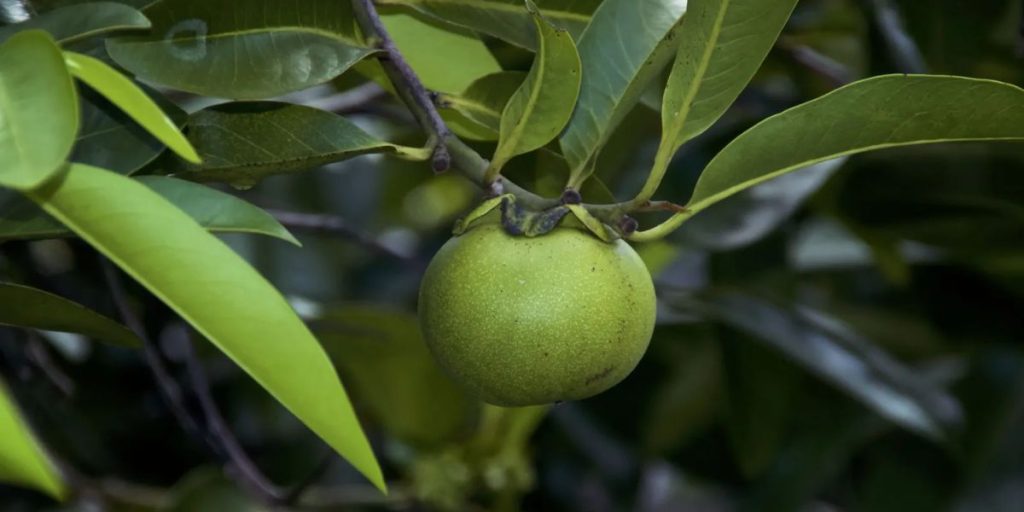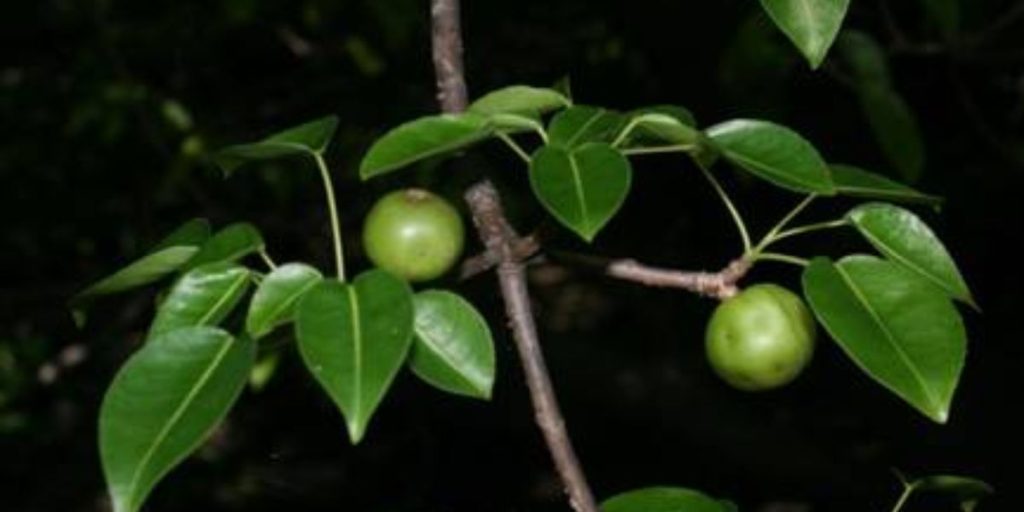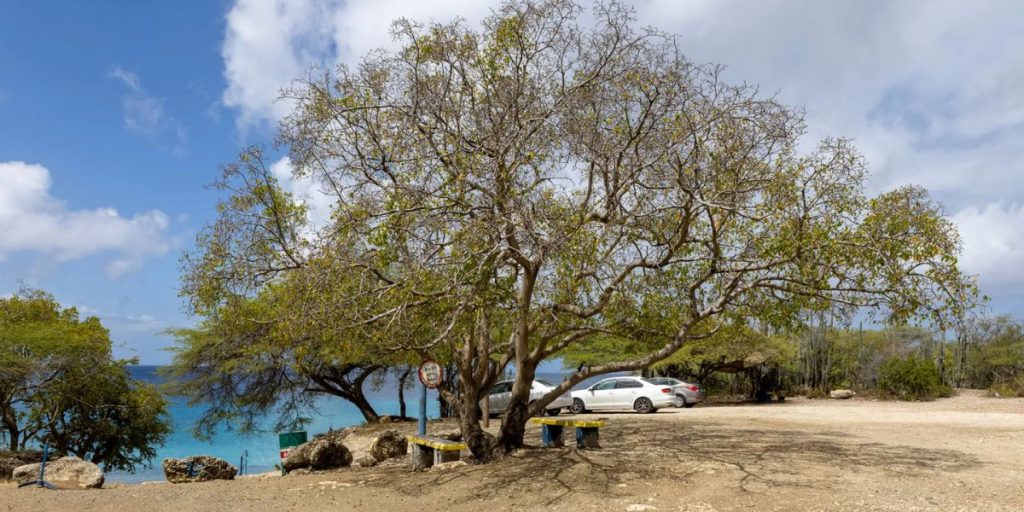Florida, known for its stunning landscapes and diverse flora, harbors a hidden danger amidst its lush greenery – the notorious Manchineel tree (Hippomane mancinella). Often referred to as “the world’s most dangerous plant,” this seemingly innocuous tree holds deadly secrets beneath its inviting canopy.
Description and Appearance
The Manchineel tree, native to the subtropical regions of Florida, the Caribbean, and parts of Central and South America, is characterized by its glossy green leaves and small, apple-like fruit. Standing at an average height of 15 to 30 feet, this deceptively beautiful tree attracts unsuspecting victims with its picturesque appearance. The danger, however, lies in every part of the Manchineel – from its leaves to its sap.
Toxicity

The Manchineel tree is a botanical minefield, containing a potent cocktail of toxins. Its sap, which is milky and sticky, contains a corrosive substance known as phorbol, capable of causing severe skin irritation and blistering upon contact. Inhaling the smoke from burning Manchineel wood can lead to respiratory distress, making the tree a threat even in its aftermath.
In addition to its external dangers, consuming any part of the Manchineel tree is a perilous choice. The fruit, often mistaken for edible crabapples, is incredibly toxic and can cause intense abdominal pain, vomiting, and even death.

Historical Significance
Throughout history, the Manchineel tree has earned a fearsome reputation. Indigenous peoples in the Caribbean used the toxic sap as a poison for their arrows, and Spanish conquistadors are rumored to have used the tree’s wood to craft lethal torture devices. Sailors have also learned to avoid taking shelter under its branches during storms, as raindrops can wash the toxic sap onto their skin, causing painful burns.
Modern Warnings

Recognizing the potential dangers, authorities in Florida have taken measures to protect the public from the Manchineel tree. Signage is often placed in areas where these trees are prevalent, cautioning visitors to avoid contact. Locals and tourists alike are advised not to seek shelter beneath its branches during rain showers and to resist the temptation of its enticing fruit.
Conclusion
Florida’s most dangerous plant, the Manchineel tree, serves as a stark reminder that nature’s beauty can sometimes conceal lethal threats. While the state is renowned for its picturesque landscapes, it’s crucial for residents and visitors to remain vigilant and informed about the potential dangers posed by seemingly harmless flora. By respecting the warnings and staying well-informed, individuals can enjoy the natural wonders of Florida without falling victim to the treacherous allure of the Manchineel tree.